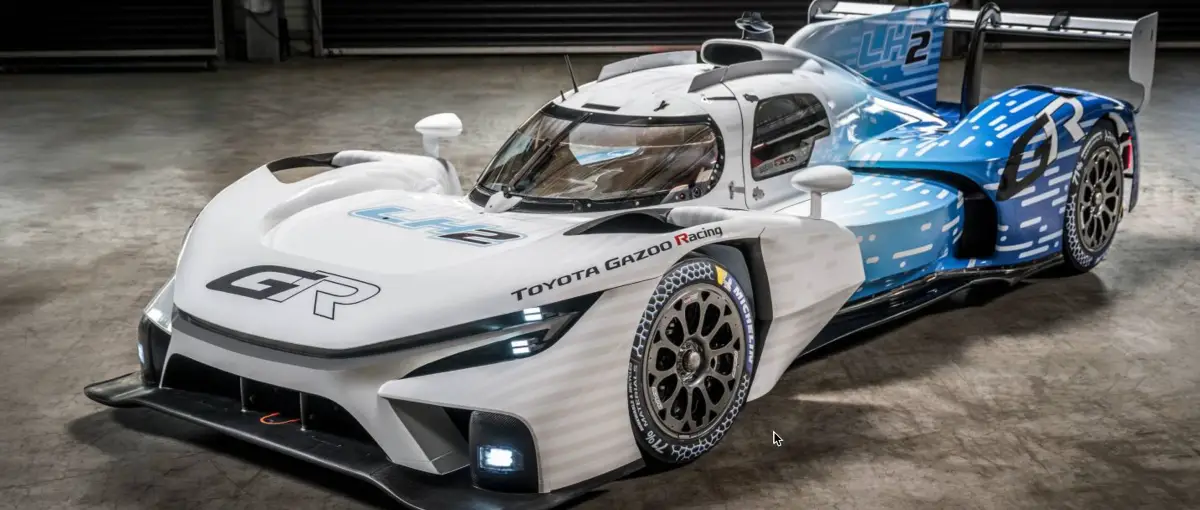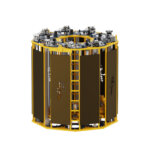Toyota Bets on Liquid Hydrogen with GR LH2 Prototype at Le Mans
Toyota’s Liquid Hydrogen Leap at Le Mans Toyota didn’t just show up at the 2025 24 Hours of Le Mans…


Toyota’s Liquid Hydrogen Leap at Le Mans
Toyota didn’t just show up at the 2025 24 Hours of Le Mans — they made a statement loud enough to echo through the industry. When they rolled out the GR LH2 Racing Concept, a fully operational liquid hydrogen-powered race car, it wasn’t for show. It was a bold reminder that hydrogen tech isn’t stuck on whiteboards anymore — it’s hitting the track.
The Core: What’s New and Why It Matters
On June 11, 2025, while the usual roar of engines filled the Circuit de la Sarthe, Toyota dropped a game-changer — a race car that doesn’t sip fuel or juice up from a plug. It burns liquid hydrogen. That’s right — this isn’t a fuel cell car and it’s not a hybrid either. It’s an internal combustion engine that runs on a fuel stored at -253°C.
They unveiled the prototype at Le Mans’ Hydrogen Village, and it’s built off the bones of their GR010 Hybrid Hypercar. The twist? Fossil fuels are out, liquid H2 is in. And the only thing it spits out? Mostly water vapor. Talk about clean racing with just the right dose of ambition.
Why should we care? Because this racer’s been greenlit under the FIA’s new hydrogen safety rules. That’s more than rubber on the tarmac — it’s a crack in the door for hydrogen combustion to one day line up alongside EVs and hybrids not just in motorsport, but beyond.
Technical Realities: H2 in the Fast Lane
Make no mistake — this car is basically a science lab doing 200 mph. While the idea of burning hydrogen isn’t breaking news, doing it with liquid hydrogen — well, that’s a whole different beast. Think deep cryogenics, high volatility, and just about every thermodynamic hurdle you can think of.
Toyota Gazoo Racing Europe, working out of Cologne, has been hard at it, wrestling with the real challenges: How to safely store and refuel something so cold and reactive, and how to keep it all together when you’re barreling down a track. And with motorsport legends like Kazuki Nakajima and Kamui Kobayashi helping steer this ship, it’s not just R&D anymore — it’s picking up serious momentum.
The Strategic Play: Beyond Motorsport
What Toyota’s doing isn’t just about checking the box at Le Mans. This is them playing the long game — staying ahead of regulations, pushing tech forward, and making a move in the broader conversation around sustainable energy and zero-emission technology.
Now that the FIA has opened the door to liquid hydrogen-powered entries, Toyota’s not just building a race car — they’re laying down the challenge to everyone else. They’re thinking about the bigger picture: hydrogen infrastructure, global logistics, transportation use cases, and maybe even leapfrogging EVs in the areas where batteries fall short — like endurance racing and heavy-duty freight.
The message is clear: “We’re building it. So what are you waiting for?”
Contextual Grit: Not Toyota’s First Rodeo
This isn’t a sudden pivot. Toyota’s been grinding away at hydrogen combustion tech for over a decade. Think back to the launch of the Mirai in 2014 — a hydrogen-powered sedan — or the work they’ve done since 2021 in Japan’s Super Taikyu Series with gaseous hydrogen. By 2023, they’d already made the leap to liquid fuel.
And Le Mans? It was supposed to introduce an H2 class as early as 2024. That got pushed to 2028. With this reveal, Toyota’s not-so-subtly saying, “Why wait? We’re already here.”
Risks and Roadblocks
Let’s not sugarcoat it — liquid hydrogen racing sounds awesome, but it comes with a mountain of challenges. Infrastructure is practically nonexistent. Setting up safe, efficient refueling systems for something this complex is going to take serious investment. And while this tech evolves, battery tech keeps sprinting ahead, becoming the go-to for easy charging and quick deployment.
Toyota hasn’t dropped specs or confirmed when (or if) this thing’ll hit the grid. So, while the GR LH2 Concept is legit, it’s still just that — a concept. The vision’s big, but it needs more than good press to go global.
The Maverick Take
Here’s the real headline: EVs aren’t the be-all and end-all of clean racing. Toyota just stuck that truth on the scoreboard at arguably the world’s most iconic race. But before we crown hydrogen as the champ, there are real-world obstacles to clear — storage, cost, infrastructure, and adoption.
If Toyota manages to solve the efficiency puzzle and get the support it needs from regulators and supply chains, this hydrogen play could do more than win races — it might completely reshape how we think about performance mobility and zero-emission technology.
Until then, it’s one hell of a flex from Toyota. An eye-opening pit stop on the longer road to sustainable energy in motorsport — and maybe, just maybe, beyond.
Bosh recently also announced their own hydrogen version for Le Mans.
What's Your Reaction?


























































